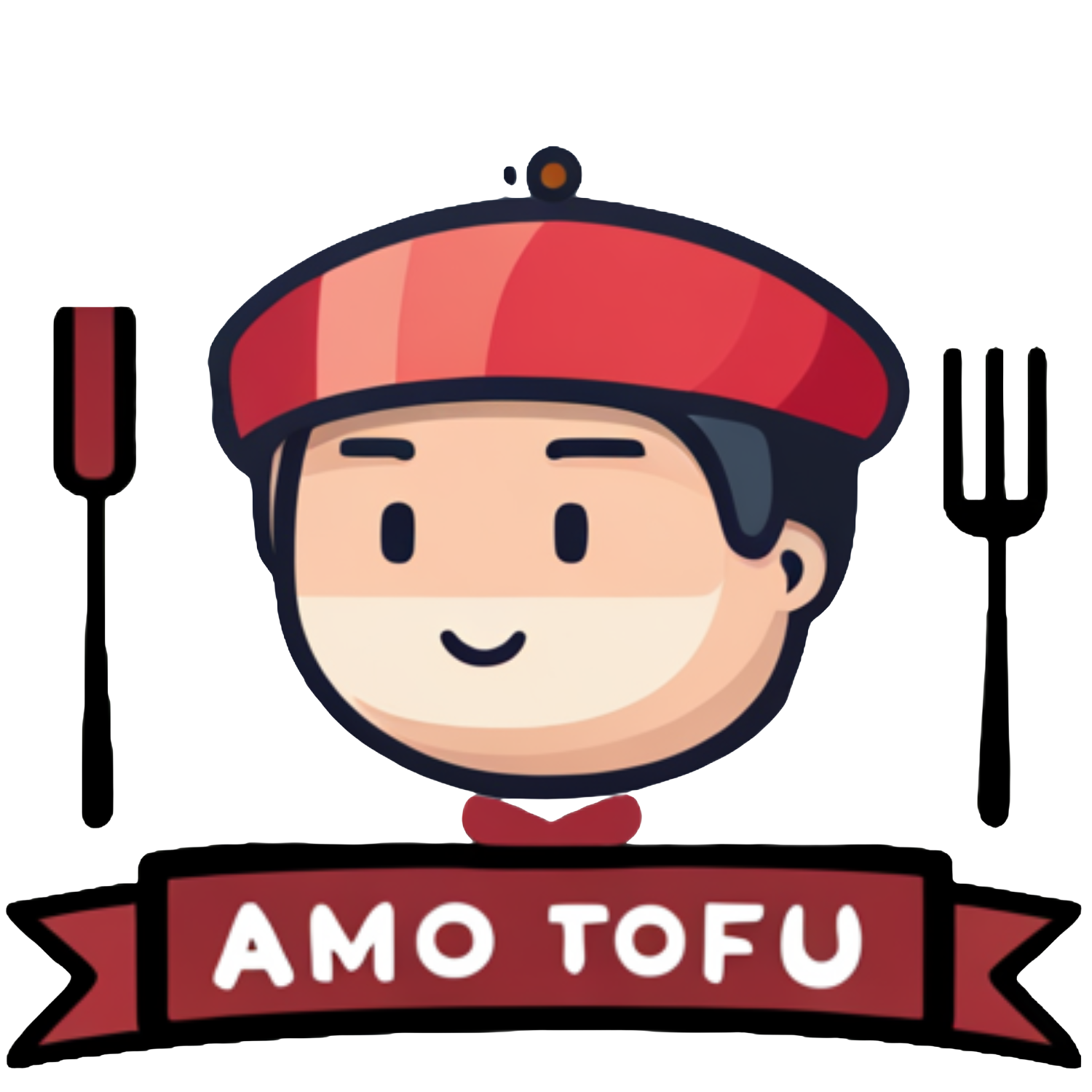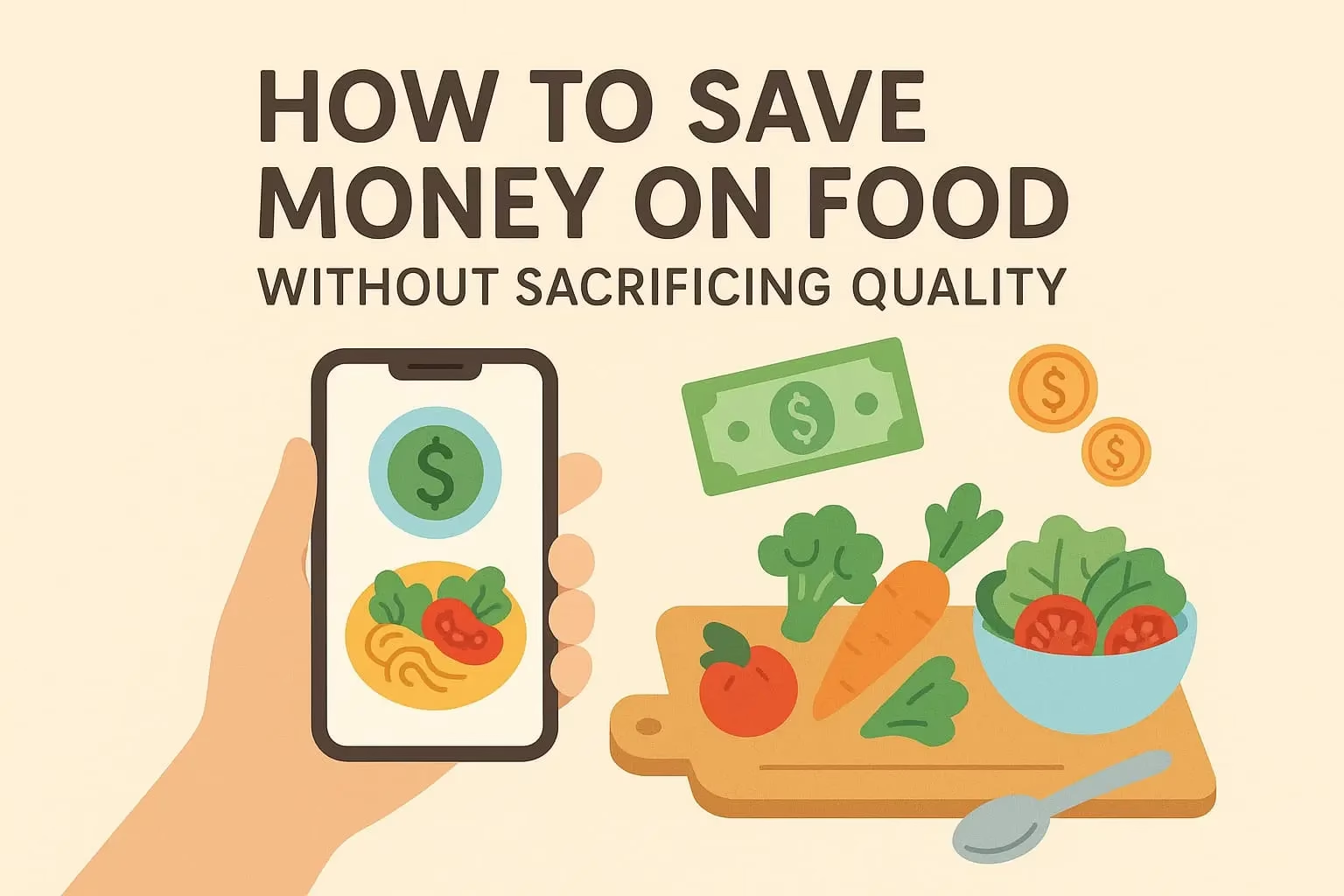As more plant-based foods hit the shelves, choosing what’s truly healthy can get confusing. A package might say “vegan” or “natural,” but that doesn’t always mean it’s good for you.
Learning how to read and understand nutrition labels is a powerful skill — one that helps you make better food choices and avoid misleading marketing.
In this article, you’ll learn how to decode nutrition labels on plant-based products so you can shop smarter, eat better, and stay informed.
Why Nutrition Labels Matter
Marketing words like “organic,” “gluten-free,” “plant-based,” or “natural” can be misleading.
Reading the label helps you understand:
- What’s actually in the food
- How much sugar, salt, and fat it contains
- Whether it meets your nutritional needs
- If it’s truly whole-food based or ultra-processed
Knowledge = power. Let’s break it down.
1. Start with the Ingredient List
This is where you’ll find out what the food is really made of — not just the marketing claims.
Tips:
- Shorter is better — fewer ingredients often mean less processing
- Whole food ingredients should be listed first (like oats, lentils, tomatoes)
- Avoid long chemical names and artificial additives if possible
- Watch for hidden sugars: anything ending in “-ose” (glucose, sucrose, dextrose)
If sugar, oil, or salt is one of the first ingredients — it’s not a health food, even if it’s vegan.
2. Look at the Serving Size
The nutrition facts panel is based on one serving — but that serving may be much smaller than what you actually eat.
Example:
If a bag of granola says 1/3 cup = 200 calories, and you usually eat 1 cup, you’re getting 600 calories — not 200.
Always adjust the numbers based on how much you really eat.
3. Check the Calories (But Don’t Obsess)
Calories matter, but they’re not everything. What matters more is where the calories come from — whole plants or processed ingredients?
- High-calorie doesn’t mean bad (think: nuts or avocado)
- Low-calorie doesn’t mean healthy (some products have no nutrients at all)
Use calorie info as context, not the main focus.
4. Review the Macronutrients
These are listed under “Total Fat,” “Total Carbohydrate,” and “Protein.”
💧 Fat
- Prefer healthy fats from nuts, seeds, and avocado
- Watch out for high saturated fat (from coconut oil or palm oil in processed foods)
🍞 Carbohydrates
- Focus on fiber-rich carbs (whole grains, beans)
- Avoid added sugars and refined carbs
🫘 Protein
- Check for at least 5–10g protein in meals and snacks
- Look for protein from legumes, tofu, tempeh, or grains like quinoa
5. Fiber Is Your Friend
One of the most important nutrients on a plant-based diet.
Look for:
- 3g or more per serving in packaged items
- Higher fiber = better digestion, blood sugar control, and satiety
Fiber is your best friend — don’t fear carbs that come with it.
6. Watch the Sodium
Many vegan packaged foods are loaded with salt for flavor.
General rule:
- Under 140mg per serving = low sodium
- Over 400mg per serving = high sodium
- Total daily limit: ~2,300mg (lower if you have high blood pressure)
Look for reduced sodium versions or balance your day if you eat a salty product.
7. Beware of Added Sugars
Even “healthy” plant-based foods (like granola, protein bars, or plant milks) can have a surprising amount of added sugar.
Look for:
- 0–5g added sugar per serving = ideal
- Anything above 8–10g = more like a dessert
- Ingredients like brown rice syrup, cane sugar, agave, etc.
Tip: Unsweetened plant milks, yogurts, and cereals are best.
8. Look for Nutrient Fortification (Optional but Helpful)
Some plant-based products are fortified with key nutrients, especially useful during transition.
Look for added:
- Vitamin B12
- Calcium
- Vitamin D
- Iron
- Omega-3s (from algae or flax)
This is especially important if you don’t supplement separately.
9. Ignore the Front of the Package
The front of the box is for marketing — the real truth is on the back.
Words like:
- “Natural”
- “Vegan”
- “Plant-powered”
- “Heart-healthy”
- “Low-carb”
… don’t mean much unless the ingredients and nutrition match the claim.
10. Use Common Sense and Context
No food is perfect — and you don’t need to stress over every number.
The goal is to:
- Know what you’re eating
- Choose more whole foods, fewer ultra-processed ones
- Balance your overall day or week — not obsess over one label
Quick Checklist: What to Look For
✅ Whole food ingredients at the top
✅ 3g+ fiber
✅ Under 8g added sugar
✅ Under 400mg sodium
✅ 5g+ protein (for meals/snacks)
✅ No trans fats or hydrogenated oils
✅ Nutrient fortification (optional)
Final Thought: Shop Smart, Eat Smart
Learning to read nutrition labels gives you control — and confidence — in your plant-based journey.
The more you practice, the faster and easier it becomes to spot what’s truly nourishing and what’s just clever marketing.
Next time you’re at the store, flip the box over. Your health is worth reading the fine print.






